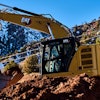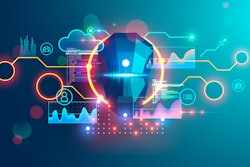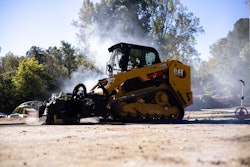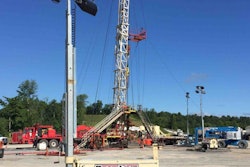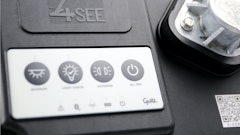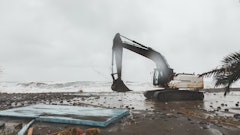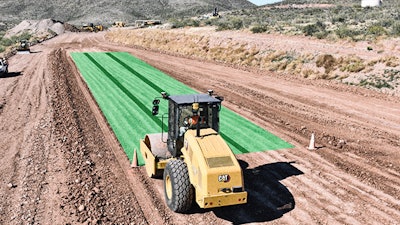
AI, short for artificial intelligence, is practically everywhere in our personal lives. Did you ask Siri or Alexa a question today? Did your smart thermostat adjust the temperature in your house as you woke up this morning? Did your car keep you within the lane lines on your commute? Did Netflix recommend a new show when you settled down on the couch? These are all examples of AI in action.
Just as AI is becoming an integral part of our daily routines, it’s turning up more often on the job, too. Your mind may jump first to semi-autonomous Cat machines, like those with Command for Compaction. That’s a great example of AI in construction, but it’s not the only one. Here are five other ways to incorporate AI into your projects to improve safety, reduce costs and enhance productivity:
- Create virtual project duplicates. Many building information modeling (BIM) systems use AI to convert information from designers, architects and engineers into a virtual duplicate of the site or building under construction. By creating a single design for all project teams to follow, BIM reduces the time and costs associated with changes and rework. It also makes it easier to create timelines, estimate costs and predict building sustainability more accurately. And if modifications do occur, AI can do what other building design programs cannot — update plans in real time.
- Monitor site security and safety. Traditional cameras often use motion sensors to trigger alarms, but debris, stray dogs and even birds can trip them. Integrating cameras with AI lessens the chance of false alarms. AI can recognize a person on camera and alert authorities to investigate, preventing damage and theft of equipment and materials. You can also use facial recognition tools to monitor unsafe behavior on-site. AI can identify hazardous conditions from videos and photos and report them to you, so you can tailor safety briefings or operator training to address any concerns.
- Direct traffic in real time. Not only can onboard AI systems alert equipment operators to potential collisions with structures or other equipment, but they can even learn how people move around on-site over time. You can use that information to optimize scheduling and reduce congestion. Better traffic flow means more efficient operation and fewer accidents that could cause injuries, damage machinery or slow down the work.
- Predict maintenance. Rather than scheduled maintenance that requires servicing equipment at set times, AI-enabled predictive maintenance uses sensors and performance data to determine the most optimal schedule. That means no piece of equipment gets unnecessary servicing or waits until it breaks down to receive upkeep. Avoiding unnecessary maintenance frees those in charge of repairs for other tasks and keeps valuable equipment working, reducing costs and downtime.
- Precast components. AI systems can supervise the manufacturing of precast components off-site while your team tends to more important jobs on location. Once completed, precast pieces can be shipped to your site, where experts can install them in the field. Using AI to make better use of your skilled workers is a smart way to deal with labor shortage issues and complete tasks more efficiently.
Clearly, there are plenty of ways to put artificial intelligence to work in construction — these five examples are just the tip of the iceberg. AI is no longer the “future” of work. It’s here today and delivering big advantages in production, safety, cost-efficiency and more.


